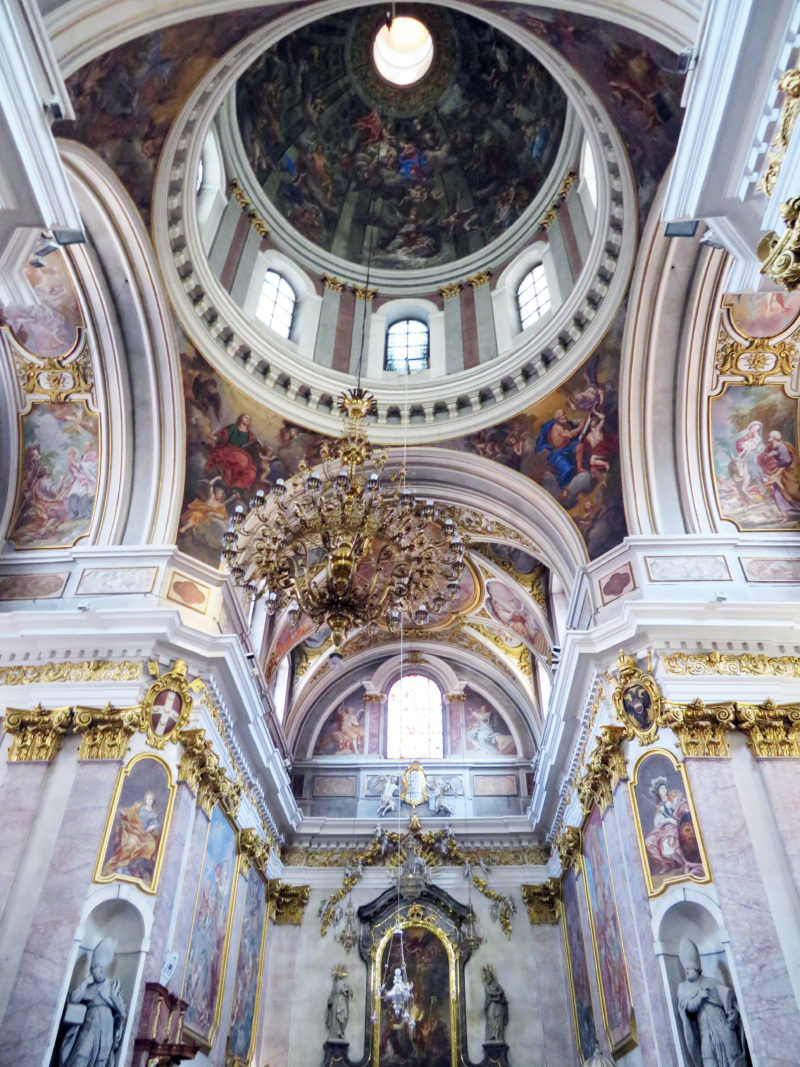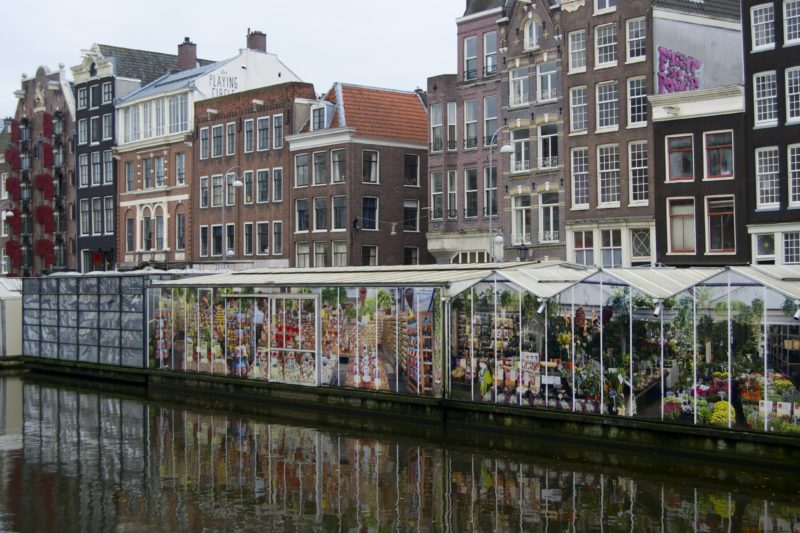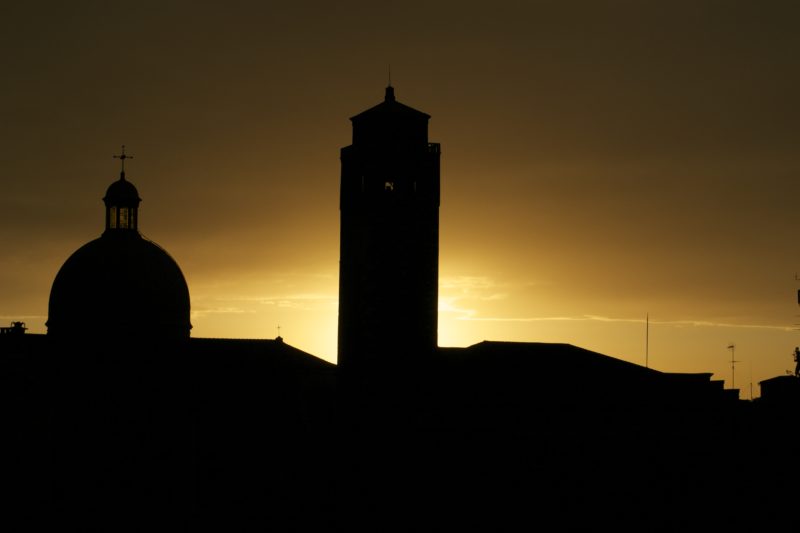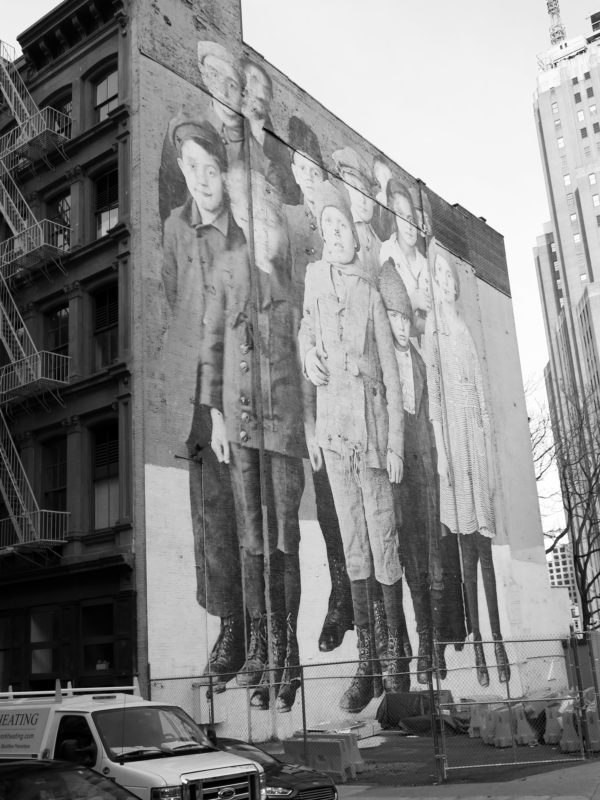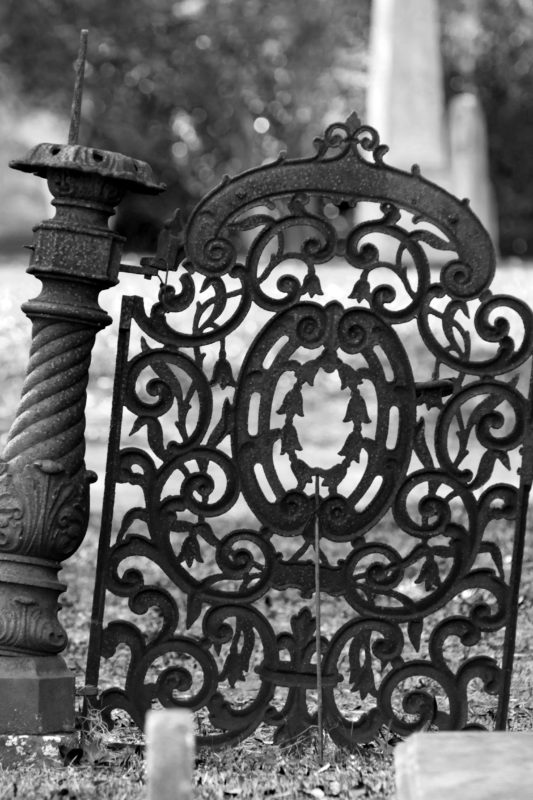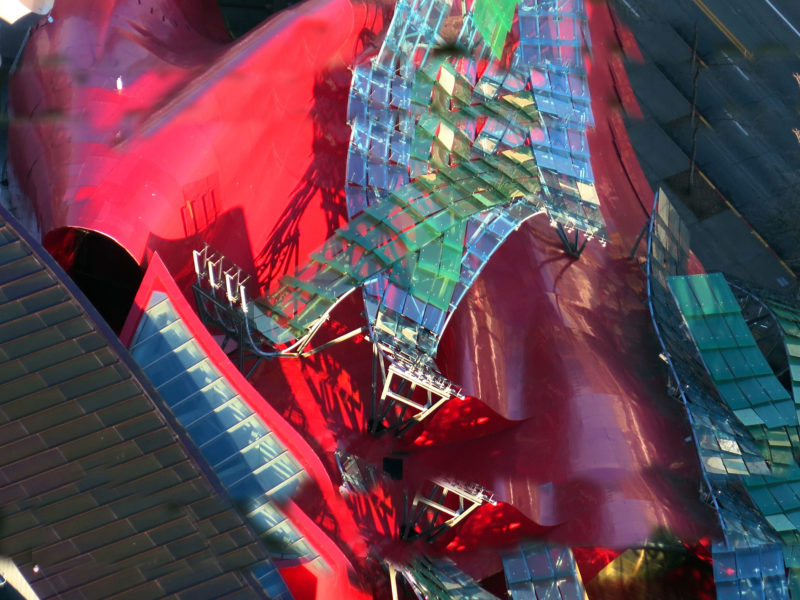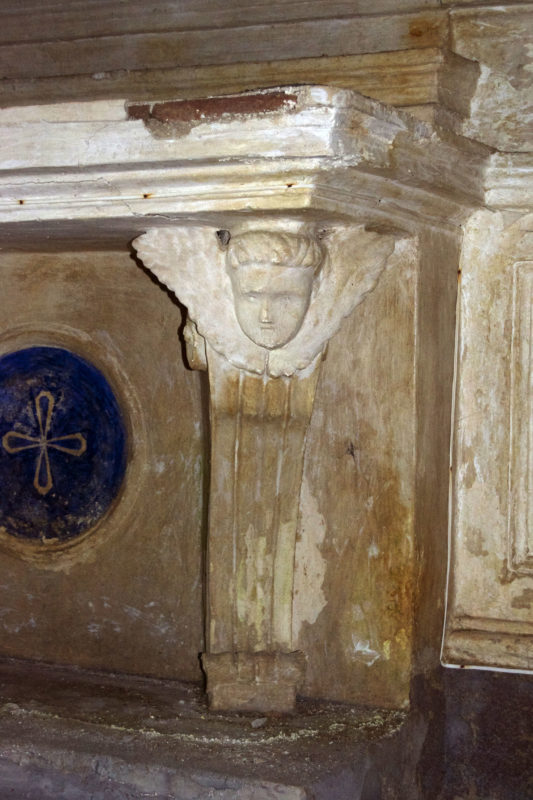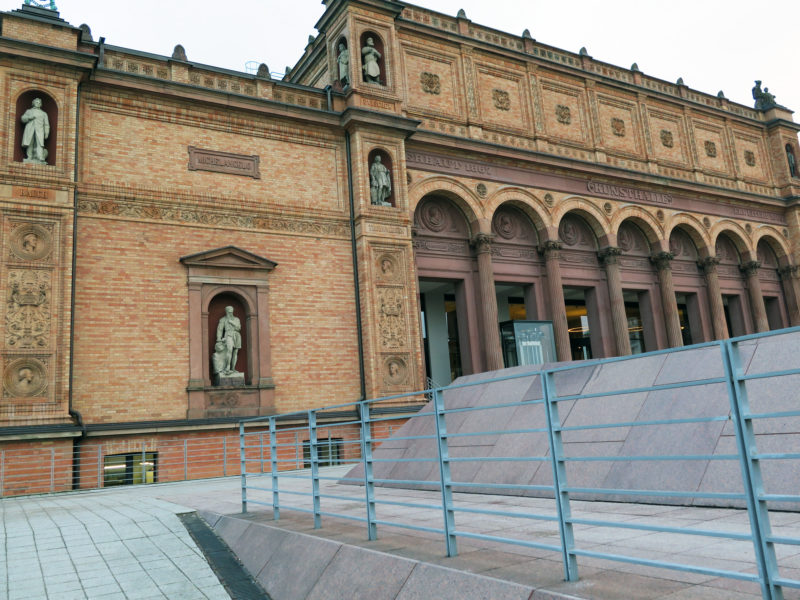“Trying to understand superstition rationally is like trying to pick up something made of wood by using a magnet.”
This sentence by Philip Pullman, author of the epic trilogy His Dark Materials (The Golden Compass, The Subtle Knife, The Amber Spyglass) which held sway in our household for years of childhood, caught my eye. In fact it made me read the rest of his review of a new exhibit, Spellbound, currently up at the Ashmolean Museum, Oxford, until January 6. https://ashmolean.org
Pullman pulls off (sorry, couldn’t resist) once again his effortless way of embedding serious and difficult ideas in flowing and lyrical writing that winds its way into your brain as if it was a song. All the more impressive given that he writes a review here and not a science fiction novel. Then again, the topics of the exhibit which he reviews, magic, witchcraft, superstition, fall squarely into his novelistic domain: to delineate the realms of science and rationality against those other kingdoms seated deep in our imagination.
Where his novels stress the dangers of the latter undermining the former, the review extends an invitation to do the opposite. He points to the fact that “witchcraft and magic existed in a shared mental framework of hidden influences and meanings, of significances and correspondences, whether angelic, diabolic, or natural. Everything in the exhibition testifies to a near-universal belief in the existence of an invisible, imaginary world that could affect human life and be affected in turn by those who knew how to do it.”
Now, just the fact that belief in a shadow world and imaginary powers is universal does not make them a reality. Pullman would probably agree. But he is specifically after something else: he refers to Keat’s concept of Negative Capability: that is when a man is capable of being in uncertainties, Mysteries, doubts, without any irritable reaching after fact & reason” – is where the imagination is at home, and so are ghosts and dreams and gods and devils and witches. There, possibilities are unlimited, and nothing is forbidden. Pullman speculates that it is this very state that is at the bottom of much scientific discovery, and certainly the source for the creation of every piece of art in existence.
The review ends with an appeal to heading both: imagination and reason.
Let’s use reason to approach the issue of witch hunts – the real thing, the one that staged over 10.000 trials (and subsequent executions) in continental Europe, the British Isles and North American colonies. Let’s use science to understand the explosion of these persecutions at a time when churches competed for conversions:
https://qz.com/1183992/why-europe-was-overrun-by-witch-hunts-in-early-modern-history/
Two economists have dug beyond the usual explanations of bad weather, hunger crises and need for scapegoating and come up with a theory that comes down to market competition – between churches. “Similar to how contemporary Republican and Democrat candidates focus campaign activity in political battlegrounds during elections to attract the loyalty of undecided voters, historical Catholic and Protestant officials focused witch-trial activity in confessional battlegrounds during the Reformation and Counter-Reformation to attract the loyalty of undecided Christians,” write the study’s authors, Peter T. Leeson, an economist at George Mason University, and Jacob W. Russ, an economist at Bloom Intelligence, a big-data analysis firm. When it comes to winning people to your side, after all, there’s no better method than stoking fears about an outside threat—and then assuring them that you, and you alone, offer the best protection.”
Let that sink in.
Photographs today of architectural details that gave me the irrational sense of being watched…. and why should I be immune to superstition?








